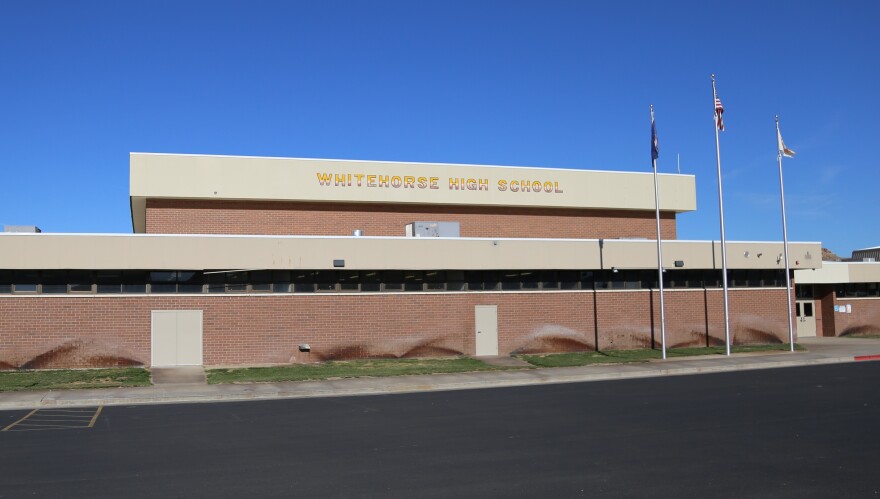Students across Utah are returning to the classroom this month as the 2021-22 school year gets underway. Most kids have attended class in-person over the last year, but for many Navajo students in the San Juan School District, this will be their first time back in the classroom since the pandemic began.
“We're all super excited,” said Assistant Superintendent Christine Fitzgerald, who oversees schools on the Utah portion of the Navajo Nation. “I mean, there's always trepidation with the pandemic. But [the Navajo Nation] set up some really great protocols right from the very beginning.”
Fitzgerald’s district is an outlier in Utah as it falls both within state and Navajo Nation jurisdiction, with the latter taking precedence for schools on reservation land.
While many schools in the state brought students back last year, those on the reservation largely remained closed. The Navajo Nation was hit disproportionately hard by the pandemic, where COVID-19 deaths drove San Juan County’s mortality rate to more than five times that of Utah’s.
“It was hard to have our kids doing distance learning because only 30% of them have access to any internet,” said Kim Schaefer, principal of Whitehorse High School in Montezuma Creek. “We weren't able to connect to them too well. But at least we were staying safe and for the number of people that we lost to COVID in our community, I really do think it was the right thing.”
Now that schools in the region are reopening, they’re operating under a different set of protocols. Most notably, they’ll have a mask mandate. While public schools in Utah are banned from issuing them, it is a key requirement for schools on the Navajo Nation.
Schaefer said Navajo families in the district have been almost universally supportive of mask use, whereas support for mask wearing in other parts of the district is about 50-50. She said the mandate is a big reason why close to 97% of her students registered to return to school in-person.
“I think there's a feeling that we'll do what's safe and people here think wearing masks is part of that safety,” she said. “We're just going to kind of emphasize 200% accountability, where I watch out for myself, but I also watch out for you.“
Beyond requiring masks, Schaefer said Whitehorse is helping students reacclimate to in-person classes with a gradual reopening. Rather than move between the usual eight periods a day, students will gather in small groups in one classroom, working closely with the same teacher-advisor they were assigned through remote learning the previous year.
She said the idea is to help students get used to the new environment and safety protocols, while working on ice-breaking activities and discussions around mental health and well-being.
“Learning really can't happen at any high level until a person feels safe,” she said. “So our first thing is helping scholars to re-enter school in a safe way and actually feel safe. And that takes a little bit of time. It relies on those relationships the advisers had during the pandemic and rekindling them and connecting to things that are familiar.”







